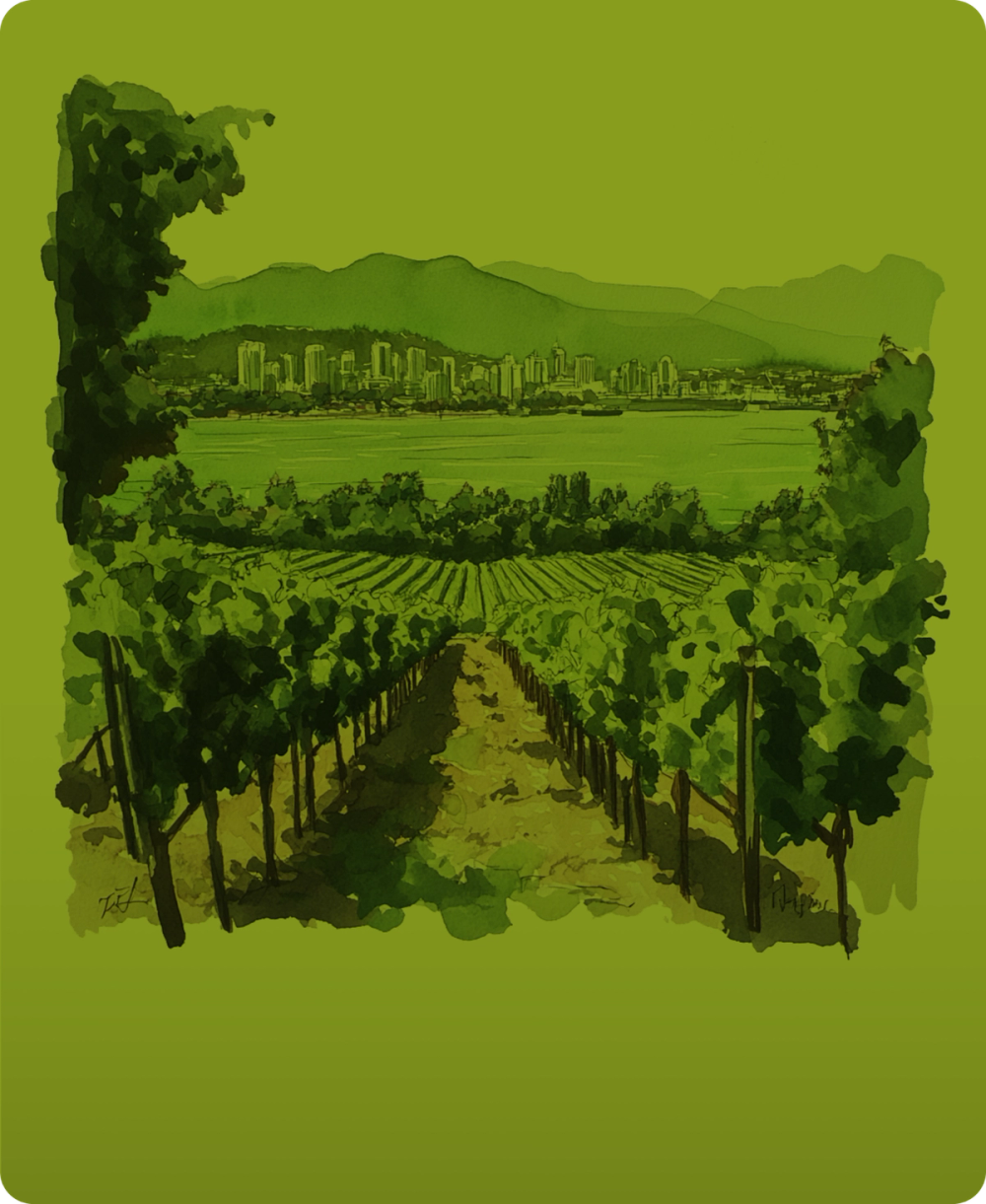Vancouver Breweries, Bars & Wine
Unwind with the perfect pour
Raise your
glass to
flavour
Unwind and explore a city where stunning natural scenery pairs perfectly with celebrated craft beers, world-class wines, and creative cocktails.

16
wineries operating in Metro Vancouver
Catch the game and a cold one at one of the city’s lively sports bars or brewpubs, beloved by craft beer enthusiasts.
Sip on Canada's iconic ice wine, explore Vancouver's premium wine bars, or witness the artistry of the city's talented mixologists.
BREWERIES
Refresh with a cold one
Beer culture is thriving in Vancouver. The city has over 70 craft breweries with distinct yet endless beer creations. Many craft breweries are located in Mount Pleasant, the brewery district of North Vancouver, or the waterfront community of Port Moody.
WINE
Uncork exceptional wine selections
British Columbia boasts over 80 grape varieties, from merlot to pinot gris. For cooler evenings, cozy up by a crackling fire in an elegant wine bar with a glass of red. For added exploration, take the SkyTrain to explore award-winning wineries in Metro Vancouver and beyond.

Let’s
help
quench




